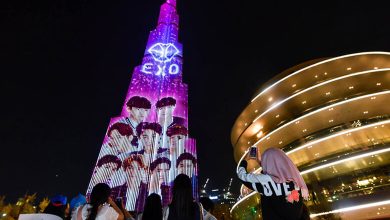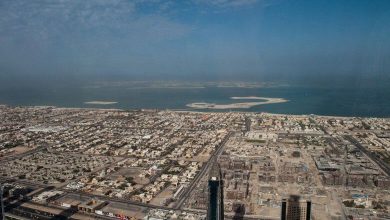
The Shanghai Tower is a 128-story, 632-meter-tall mega-skyscraper located in Lujiazui, Pudong, Shanghai. It is China’s tallest tower and the world’s third-tallest building.
As of 2015, it is the world’s tallest and largest LEED Platinum-certified building. Together with the Ping a Financial Center, it holds the record for the world’s tallest observation deck in a building or structure at 562 meters. It has the second fastest elevator in the world, with a top speed of 20.5 meters per second until 2017, surpassed by Guangzhou Chow Tai Fook Finance Center, whose top speed is 21 meters per second.
It is the tallest tower of the first three triple-adjacent supertall skyscrapers in Pudong, the Shanghai Global Financial Center, and the Jin Mao Tower, designed by the international architectural firm Gensler and controlled by the Shanghai Municipal Government. It’s tiered structure, designed for high energy productivity, provides nine individual zones divided between office, leisure, and retail use.
History of the tallest tower in shanghai
Funding and Planning
The Shanghai Tower is owned by Yeti Development and Construction, a consortium of public development companies that includes Shanghai Urban Investment Group, Shanghai Lujiazui Finance and Trade Zone Development Co, and Shanghai Construction Engineering Group. Funding for the construction of the tower came from shareholders, bank loans, and the Shanghai municipal government. The estimated construction cost of the tower is $2.
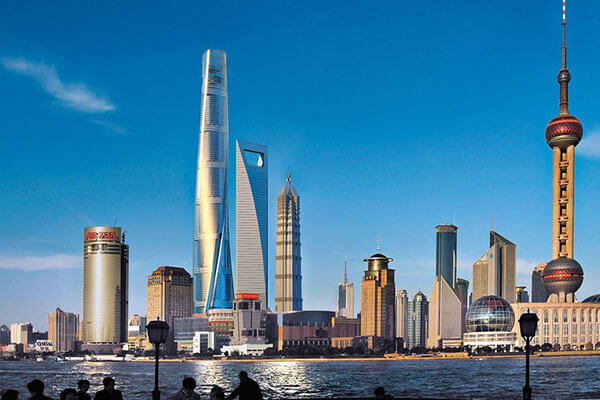
Construction
A repeated slip-forming process is used to build the core of the tower layer by layer. By the end of April 2011, the steel bars of the tower had reached 18 floors, the central concrete tube had reached 15 floors, and the ground frame had been completed at 4 floors.
By the end of December 2011, the foundations of the tower were completed and the steel structure stood over 30 stories. During the first months of 2012, cracks began to appear in the road near the tower’s construction site. They were blamed on ground subsidence, which may have been caused by the overexploitation of groundwater in the Shanghai area rather than the weight of the Shanghai Tower.
As of May 2012, the core of the tower is 250 meters high, while the frame height from the ground is 200 meters. By early September 2012, the nuclear had ripe a height of 338 meters. By the end of 2012, the tower shanghaies had reached 90 fiction and was about 425 meters high.
As of April 11, 2013, the tower had reached 108 stories and over 500 meters in height, surpassing the height of its two adjacent skyscrapers, Jin Mao Tower and Shanghai World Financial Centre.
On August 3, 2013, construction crews laid the last structural beam for the tower, making it the tallest building in China and the second tallest in the world. A carving ceremony was held at the location of the last beam.
In January 2014, the crown structure of the tower passed the 600-meter mark and construction entered the final stage. The upper structure of the tower was completed in August 2014, along with its facade. The tower’s internal structure and the electrical equipment were completed at the end of 2014 gradual opening in the summer of 2015.
2017 and later
Only in June 2017 could the tower obtain official occupancy permits as it struggled to attract tenants without all the necessary permits from the local fire department.
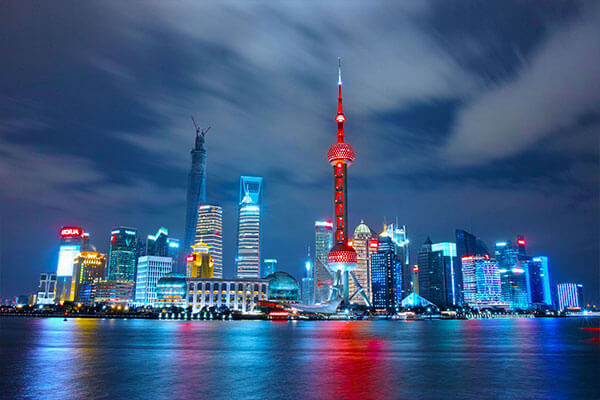
According to a June 2017 report, around 60% of its offices are rented, but only 33% of tenants have moved in, leaving entire floors of the building empty; the luxurious J Hotel has yet to open. The tower slabs are only “50% efficient on some floors, compared to 70% for a typical [skyscraper]” due to the “much-discussed tower skin, ideal for letting in natural light”. The cost of air conditioning…means most of the floor space is unusable.”
In 2019, 55 floors are vacant. The building’s current tenants are Alibaba, Intesa Sanpaolo and AllBright Law Firm.
In 2020, large-scale water leaks occurred from the 60th to the 9th floors of the building, and a large number of office equipment and electronic products were damaged. The tower said the issue had been resolved and a full inspection of the soil causing the leak would be carried out.
Some Chinese social media users called the leak typical of the results of the tofu dredging project. According to a local Shanghai newspaper, a distorted video circulating online of the tower’s ceiling collapse concerned a shopping mall in Nanning in 2016.
On June 19, 2021, the inauguration of the J Hotel Shanghai Tower
Design of the shanghai tower
The Shanghai Tower was designed within the American architectural compony Gensler, with Shanghai-born architect Xia Jun leading the design team.
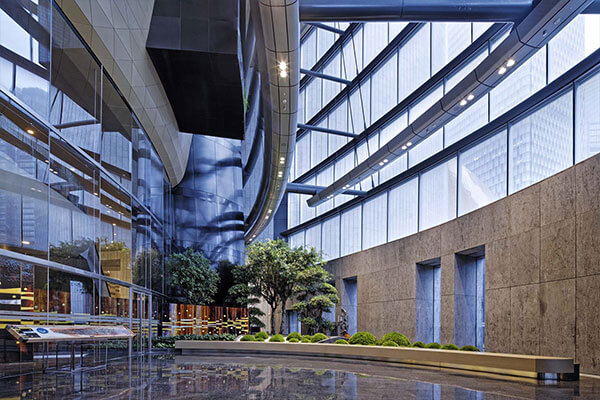
The tower is made up of nine cylindrical buildings stacked on top of each other, with a total of 128 floors, all surrounded by interior glass curtain walls. Between this and the outer layer, which twists as it rises, nine interior spaces provide public spaces for visitors. Each of the nine districts has its atrium with gardens, cafes, restaurants and retail spaces, as well as panoramic views of the city.
The two levels of the facade are transparent and the base of the tower provides commercial and event space. The transparent facades are a unique design feature, as most buildings have only one facade and use highly reflective glass to reduce heat gain, but the Shanghai Tower’s double glazing eliminates the need for the opacity of either layer. The tower can accommodate up to 16,000 people per day.
Together with the Jinmao Tower and the Shanghai World Financial Center, the Shanghai Tower forms the world’s first continuous cluster of three super-high buildings. Between the 84th and 110th floors, the 258-room J Hotel Shanghai Center is operated by Jin Jiang International Hotel Group and is the tallest hotel in the world. The tower will also include a museum. The basement of the tower provides parking spaces for 1,800 vehicles.
The vertical transportation system of the Shanghai Tower
American consultant Eggett Williams Consulting Group designed the Shanghai Tower’s vertical transportation system, and chief consultant Steve Eggett served as the leader consultant. Working intently with Gensler’s layout and technical groups to create a green center, Edgett created an elevator system in which the office floors are serviced by 4 lobbies, each serviced by a shuttle elevator on two floors. Access to the hotel is via the fifth sky entrance located on floors 101/102. Each 2-story skylight acts as a community heart for the building area, providing amenities such as dining and meeting rooms.
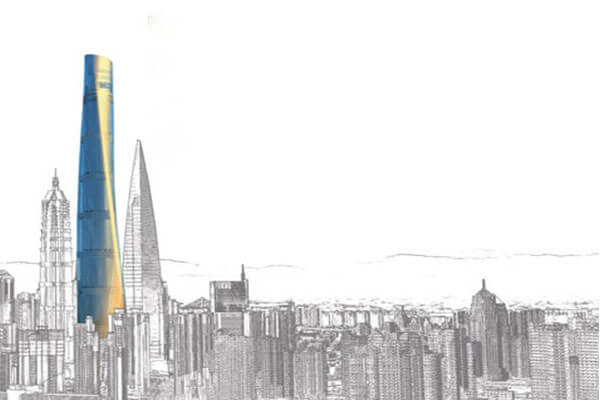
Localized areas are served by single-deck elevators throughout the tower, and the viewing deck at the top of the tower is serviced by three super-fast shuttle elevators operating at 18 meters per second (40 mph), the never used again the highest speed is used in commercial buildings.
The three shuttle lifts are supplemented by the three fire service lifts, which will significantly increase the number of visitors to the observation deck during peak periods. In the event of a fire or another interrupted, the building’s shuttle elevators are designed to discharge occupants from particular designed evacuation floors that are evenly spaced throughout the height of the tower.
Sustainability Shanghai Tower
The Shanghai Tower is made up of many green buildings; its owners have received sustainable design certification for the building from the China Green Building Council and the US Green Building Council. In 2013, a spokesperson for Gensler described the tower as “the greenest building on Earth at the time”. The building is designed to collect rainwater for internal use and to reuse part of the wastewater.
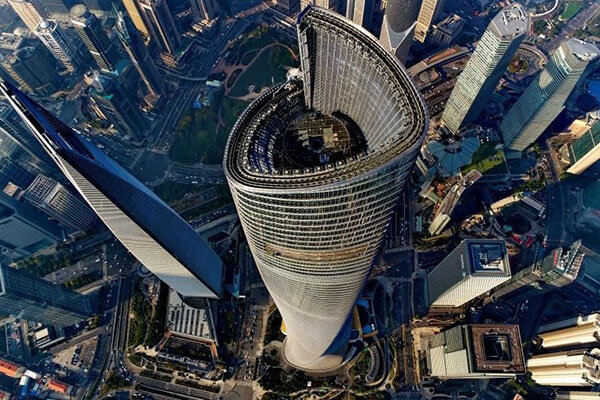
The tower’s glass facade is designed to make a 120° turn as it rises, aiming to reduce the building’s wind load by 24%, which reduces the number of building materials needed; compared to traditional designs of the same height, the Shanghai Tower the steel structure used in the building was reduced by 25%. As a result, the constructors of the building saved approximately $58 million in material costs. Architectural practices are also sustainable.

